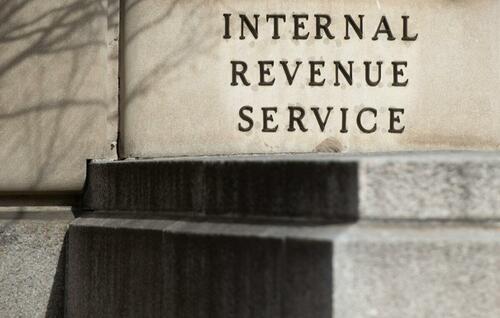China’s Oil Import Strategy: Embracing Canada Amid U.S. Trade Strains
Tháng 4 16, 2025
Judge Boasberg’s Ruling Sparks Legal and Political Firestorm Over Trump’s Deportation Policies
Tháng 4 16, 2025IRS Workforce Reduction: Impacts, Reactions, and Future Outlook
The Internal Revenue Service (IRS), a critical agency managing tax collection and enforcement in the United States, is poised to undergo a substantial contraction in its workforce. Recent reports indicate that the agency is set to reduce its employee count by up to 40%, transitioning from approximately 100,000 employees to a range of 60,000 to 70,000. This significant workforce reduction is primarily the result of a combination of voluntary buyouts and layoffs, which are part of a broader strategy to streamline the federal workforce.
Understanding the Buyouts and Layoffs
The IRS has recently seen a notable wave of voluntary resignations, with around 22,000 employees opting for deferred resignation buyout offers. This trend follows an earlier reduction where approximately 7,000 probationary employees were terminated, though some of these terminations were reversed following federal court orders. Such large-scale workforce adjustments signal a pivotal shift within the agency as it seeks to enhance operational efficiency, moving away from the expansion that characterized the administrative efforts under the Biden administration.
Effects on IRS Operations and Services
Experts in tax policy and agency operations caution that these workforce reductions could have dire consequences for the IRS’s ability to serve taxpayers effectively. Specifically, during the crucial tax filing season, as more employees exit, the agency may face overwhelming service demands, escalating long wait times for assistance. The IRS has already been grappling with significant bottlenecks in processing tax returns and responding to taxpayer inquiries. As the employee count dwindles, these existing challenges are anticipated to amplify, thereby compromising overall service quality.
Perspectives and Implications
The measures for workforce reduction have garnered mixed reactions. The Treasury Department has framed these cuts as essential for improving efficiency, asserting that the extensive growth in IRS personnel under the previous administration was excessive and “wasteful.” Advocates of this perspective believe that a leaner workforce can lead to enhanced productivity and the ability to allocate resources more strategically.
Conversely, critics argue that reducing personnel at the IRS could result in severe repercussions, including a decline in tax compliance and a potential drop in tax receipts. When taxpayer services suffer due to understaffing, the overall tax filing experience becomes cumbersome, leading to frustration and confusion among the public. The ramifications of such a scenario could extend beyond immediate service concerns, affecting government revenue and budgeting capabilities.
In summary, the IRS is at a crossroads as it prepares for substantial workforce reductions that could reshape its operational capabilities significantly. As the agency navigates these changes, the urgency for reliable taxpayer services has never been more pressing, creating a delicate balance between efficiency and public service responsibilities. Stakeholders in the tax community will undoubtedly be watching the unfolding situation closely, as the implications of these reductions may be felt for years to come.

